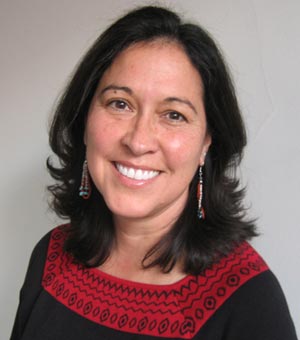By Diana Frances Elder,
Associate Professor of Geomorphology
School of Earth Sciences and Environmental Sustainability
Rain in July may only be half the story when it comes to wet weather in Flagstaff, but in 2013 it’s all we’ve been talking about.
Flagstaff’s July rainfall total of 7.58 inches tied for first place as the wettest since 1898 that has been recorded at Pulliam Airport by the National Weather Service. The same total was reached back in 1919, and other top July amounts haven’t even come close: 6.62 inches in 1986, 6.06 inches in 1930 and 5.94 inches in 2010.
Our bimodal rainfall pattern includes the other half of the story—snowfall in winter—in addition to monsoon rains in summer.
The National Weather Service labels our regional summer monsoon phenomenon as the “North American Monsoon,” characterized by large-scale wind shifts and an influx of moisture from the eastern Pacific, Gulf of California and Gulf of Mexico.
The combination of intense summer solar heating in the Southwest coupled with abundant atmospheric moisture creates the potential for the spectacular thunderstorms that epitomize our monsoon season.
For weather fans, such storms are irresistible: Billowing cumulonimbus clouds with anvil tops that can ascend over 30,000 feet, curtains of rain, spears of lightning and roaring thunder. As a young girl, I spent many an evening perched in a porch swing, watching the light show from my parents’ house in Mesa. After the storm had passed, and it was quiet, the desert was cool, moist and grateful.
It remains to be seen whether climate change will bring an intensified North American Monsoon. The Intergovernmental Panel on Climate Change is predicting an increase in extreme weather events, but modeling our monsoon season has always been difficult, given the myriad factors that control its formation and intensity.
Here in Flagstaff, July 2013 monsoon storm activity has certainly been extreme, resulting in severe thunderstorms, local flooding and dangerous lightning. For some, it has been a difficult and damaging summer. And monsoon season is not over—it can extend into August and even September.
Let’s hope the flooding is behind us. Be safe and enjoy the show.



